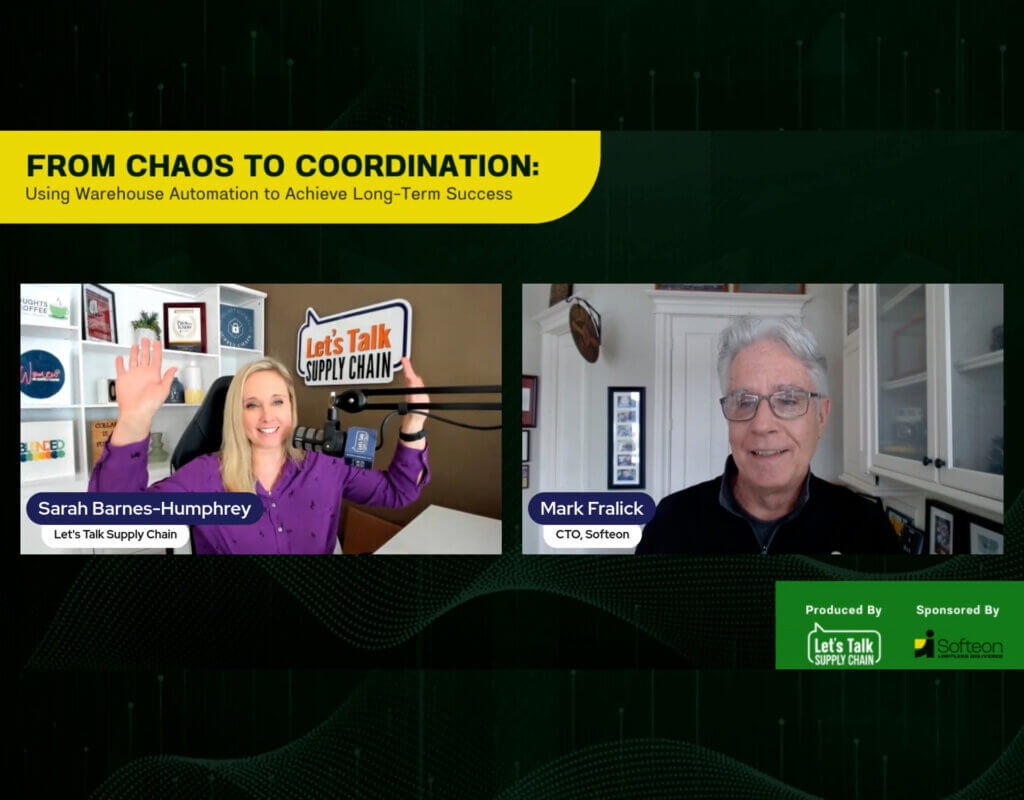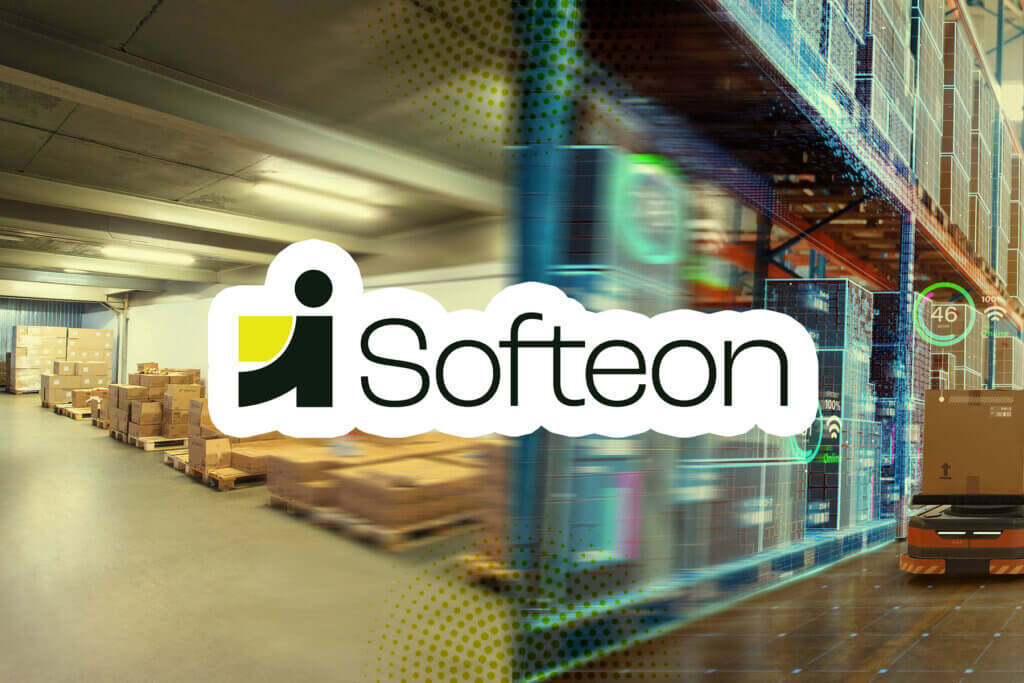11.18.20

As warehouse workers juggle Covid safety policies with productivity goals, employers are recalibrating their labor management software to reflect the new reality.
by Ben Ames
The coronavirus pandemic has created challenges for almost every aspect of logistics operations, forcing companies to balance the competing demands of keeping workers safe and keeping inventory flowing. Now, with the country entering its ninth month of pandemic-influenced operations in November, many organizations are finding solutions in logistics technology.
Another way that employers can adapt their LMS platforms to the new workforce realities is by building tighter integrations with WMS software, says Dan Gilmore, chief marketing officer with Softeon, a Reston, Virginia-based supply chain software vendor.
The company offers a tool called “distancing-enabled task management” that combines the timing and labor standards of an LMS, the task-management ability of a WMS, and digital warehouse maps drawn from computer-aided design (CAD) files. When used in conjunction with wireless real-time location system (RTLS) tags worn by workers, the system allows managers to know where every employee is, where their next pick will be, and how fast they’ll reach it, Gilmore says.
“If one worker is still in an aisle, we could broadcast a message to a second worker, saying ‘Do not enter that aisle; don’t go to the assignment yet because the worker ahead is not [finished].’ So we will never allow a picker in a narrow-aisle situation to overtake the first picker,” Gilmore says. “Or we could allocate inventory from a secondary location even if it’s slotted a little farther away and dynamically vary the order of picking in real time.”
Like other experts, Gilmore says the new approach may not be quite as fast as previous practices, but it will allow DCs to continue operating while also keeping workers safe. “You’re probably going to take a little bit of a hit on productivity,” Gilmore says. “But taking a little bit of a hit on productivity to avoid shutting a warehouse down for deep cleaning is probably a pretty good investment.”




